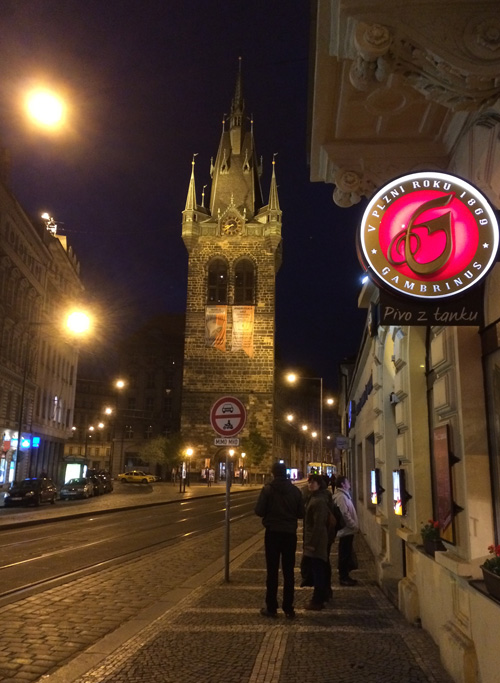Ya Gotta Start Somewhere
![]() Novels #4 and #5 presented us with an unaccustomed obstacle: getting to know a new cast. Over the course of writing and revising the trilogy, we became intimately familiar with the minds and personalities of those characters. We were used to having the characters’ voices be second nature, so the need to readjust took us entirely by surprise.
Novels #4 and #5 presented us with an unaccustomed obstacle: getting to know a new cast. Over the course of writing and revising the trilogy, we became intimately familiar with the minds and personalities of those characters. We were used to having the characters’ voices be second nature, so the need to readjust took us entirely by surprise.
This is a particular issue for Rune Skelley novels, because we use a very tight third-person viewpoint. Nothing is presented that the POV character doesn’t know, and that character’s worldview informs choices of adjectives and phrasing. The narration adopts the dialect of the viewpoint character.
Beginning the new books was like impersonating a total stranger, at first. It was a dilemma, because to write the scenes we needed to know the characters, and to get to know them we had to spend time with them, i.e., write the scenes. Which brings us to the title of this post. Ya gotta start somewhere.
With Novel #5, the science novel, we started at the beginning, and it wasn’t too long before the new characters became as real to us as the previous cast. Of course, the parts written earliest had the least character voice, but that’s what revision is for. The opening scenes got some retooling to let the POV character, the protagonist, shine through.
Mostly.
There are still a few pockets of “author voice” in the narration. (Kent’s supposed to deal with them tonight, so maybe by the time you read this they’ll be gone.) These mini info-dumps escaped our scrutiny until Jen hit the line edits. They have natural camouflage, because they sound comfortably familiar to us. They sound like Kent.
One of the hardest things for a writer to do is step back far enough to see the work honestly. Beta readers or critiquers are invaluable, but having someone else direct you to the troublesome paragraph is only useful if you can then see the problem, see through its camouflage. Working with a partner helps tremendously, because there’s an extra set of eyes.



